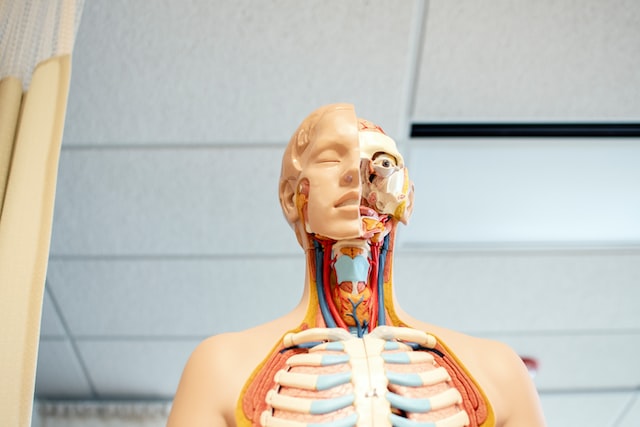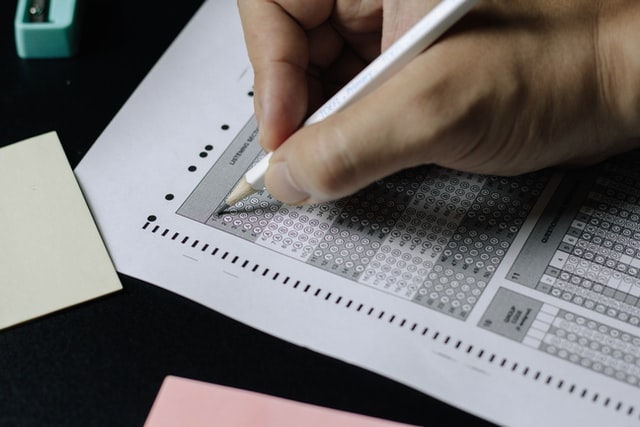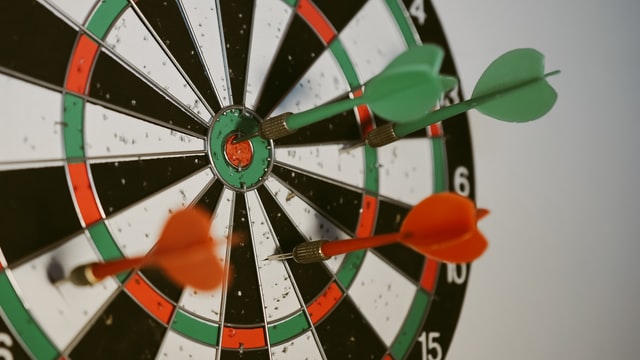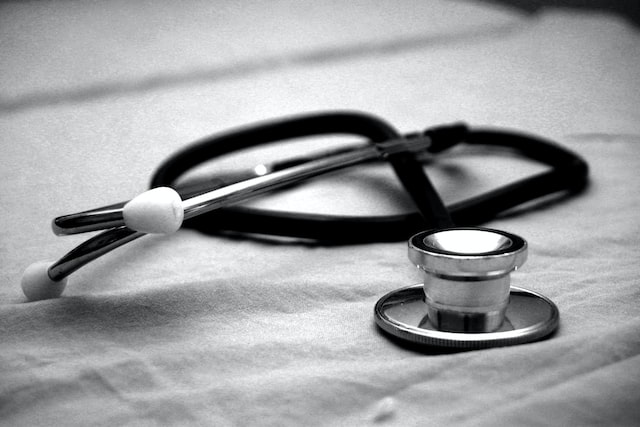Anatomy lab in med school and how to study
One of the nice things about 2nd year is that we don’t have anatomy lab anymore. As someone who probably won’t be going into a surgical specialty, that makes me very happy. It’s one less mandatory class on the schedule. However, the school offers an optional Dissection Selective in 2nd year, which provides students with more anatomy experience. Here’s an overview of anatomy lab in med school, the Dissection Selective, and my tips for studying anatomy.
When do you start classes in the anatomy lab?
At SGU, we start anatomy lab in the first year of med school. But rather than having it all at the beginning, we have labs throughout first year as we learn about the various systems.
Our first lab exposure is during the MSK module of term 1.
Then we have 1-2 labs for each of the organ systems: the cardiopulmonary & renal block (term 1), endocrine & reproductive block (term 2), digestion & metabolism block (term 2), and neurology & behaviour block (term 2).
Since I did term 1 online, my initial lab experience was watching the profs and lab techs on my screen point out various structures on the cadaver. By term 2, all classes were in-person so I experienced the lab firsthand.
You can read more about how online labs compare to in-person labs here.
How does the anatomy lab smell?
The lab has a very strong formaldehyde smell, which occasionally burns your eyes. However, some people are able to tolerate it better than others.
We’re allowed to wear a mask in the lab to help with the smell. For extra smell coverage, you can double mask and apply some toothpaste or perfume in between. That way you breathe in the nice smell instead of the formaldehyde.
I remember my first time stepping into the lab and being surprised that it didn’t smell horribly. I think I expected it to smell of decay. But it was mostly a chemical smell because of all the formaldehyde, which I could tolerate.
I didn’t catch myself holding my breath or breathing through my mouth to avoid the odours. That was the first and only time I wore a mask in the lab.
What do you wear in the lab?
We wear scrubs in the lab with closed-toe shoes, and have the option to wear our white coat on top.
The top and bottom for the scrubs have to be a solid colour and they must match. No prints or mixing & matching.
We also have to come prepared with our own latex gloves, although they usually keep some extras in the lab in case you forget.
What’s the structure/format of anatomy labs?
The labs are 1 hour and 45 minutes. There are usually 4-5 stations in the lab and each station has a different specimen and learning objectives.
Unlike tutorials, we don’t have assigned groups so we can pick the students we want to be with. Typically, students arrive with their group of friends and stand at the same station.
We have about 15-20 minutes at each station and we inspect the specimen and try to answer the learning objectives. There are facilitators who rotate between groups and make sure we’ve understood the concepts at the station.
We don’t have to write anything down or submit a completed worksheet.
Once the timer goes off, we move onto the next station. Each station and specimen is meant to provide a different angle or look into whatever organ system we’re learning at the time.
In the last 10 minutes of the lab, there are 2-3 questions that we have to answer on TurningPoint. The questions sum up the big takeaways from that lab and confirm our attendance. We’re not graded on whether we answer correctly.
Are you tested in the anatomy lab?
There are no assignments or quizzes during the anatomy lab. At each station, we just need to be able to verbally answer the learning objectives. And the questions at the end of the lab are used to confirm our attendance.
However, there is a lab exam at the end of each term (so terms 1 and 2). You can read about what the lab exam, both online and in-person, is like here.
Dissection selective
At the end of term 2, students who have at least 85% can apply for the Dissection Selective in term 3.
Like all selectives at the school, it’s a pass/fail class. If you meet all the course requirements, you pass but you don’t receive a grade so it doesn’t impact your WMPG (weighted mean percentage grade).
During the first 2-3 weeks, you work with a partner to dissect a cadaver. This is meant to help you develop the necessary dissection skills. You have to go into the lab about 3 times per week for 2 hours at a time.
Once you’re done this part, you start an individual dissection project. You pick an organ system and have to prepare a specimen for it. These are the specimens that get used during anatomy labs.
Dissection obviously requires different skills from surgery. But it does help you get more anatomy experience which is important for a surgical specialty.
And a lot of the students in the course right now seem to be enjoying it.
How to study anatomy
Studying anatomy can get overwhelming. There’s a lot of information to learn very quickly.
But the nice thing about anatomy is that regardless of the organ system, you’ll typically be learning the same main things. Blood supply, innervation and lymphatic drainage. And sometimes muscle function.
Here’s my 3-step approach to learning anatomy.
1. Learn the information
The first step is to learn the information. You can start with your school’s lecture slides. If they’re not very helpful then use external resources.
Here are some of my favourite free study resources. For anatomy, I really like Sam Webster and The Noted Anatomist. Some of Dr. G Bhanu‘s animations are really helpful too.
2. Review the information using Anki
Once you have a general understanding of the material, it’s important to review it.
My favourite is the UMich Cadaver Anki deck. It helps to see the structures on a cadaver.
For innervations, especially during the neuro block, I liked using the Netter’s Neuroanatomy deck.
Regardless of which deck you choose, the important thing is to review consistently.
3. Do lots of practice questions
Most importantly, do the assigned practice questions. They’ll probably be from Gray’s Anatomy. Luckily, the profs usually assign a lot of questions so you can get a good amount of practice.
The practice questions help integrate all the important information. And in-school exam questions are usually similar to the practice questions.
4. Bonus tip – use the anatomy lab
My school, like most, provides open anatomy lab hours when you can go into the lab at anytime.
I never used open hours but I usually went prepared to the required anatomy labs. When I went prepared and had a good understanding of the topics, I enjoyed the lab sessions more.
And more importantly, seeing and touching the structures helped solidify that ground information.
So take advantage of open lab hours and/or go to your lab sessions prepared. That will help you get the most out of your time.
Final thoughts
So that’s what anatomy lab is like in med school. I don’t miss having labs but with the right group of friends, it was actually a fun experience.
Have you been in an anatomy lab? What did you like/dislike about it?
-M
Want updates on the latest posts? Email theislandmedonline@gmail.com or complete this form to join the email list today!








Very informative. I am surprised how did you cope with lab smell. have a good luck 🙂